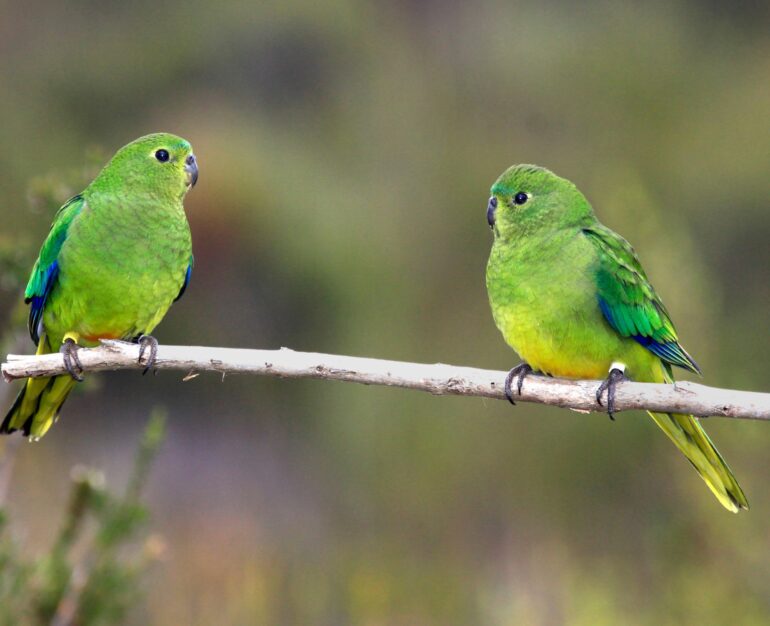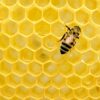Starting life in captivity can change the wing shape of birds, hindering their chances of surviving migratory flights when they are released into the wild, new research from The Australian National University (ANU) has shown.
Study author Dr. Dejan Stojanovic said while captive breeding is an important conservation tool, it can lead to various physical changes in animals, including their wing shape.
One of the bird species examined was the critically-endangered orange-bellied parrot.
Orange-bellied parrots are subject to one of the largest, longest running breeding programs of any Australian species. To prevent extinction, their wild population is supplemented via annual releases of juveniles from captivity.
“Previously we’ve shown that captivity can change the shape of orange-bellied parrot wings, which we suspected might make their migration flights more difficult,” Dr. Stojanovic said.
“But this new study reveals the first direct evidence that altered wing shapes in captivity lower migration success after release to the wild.”
Although all juvenile orange-bellied parrots have a low migration survival rate, captive-bred birds with altered wing shapes had a survival rate 2.7 times lower than those with an ideal ‘wild type’ wing.
The study also found evidence of altered wing shapes in four other captive bird species, suggesting that these changes may be more common in captivity than previously thought.
“This is likely only the tip of an iceberg of subtle physical changes to the bodies of captive bred animals that, although easily overlooked, have a big impact after release,” Dr. Stojanovic said.
“We should be aware of this and find ways to mitigate the effects of captivity if we want to give our breeding programs the best chance of supporting wild populations.”
It’s not yet known why the flight feathers of birds are so changeable, or whether this is due to genetics or the captive environment.
“There are other unanswered questions as well: can birds with captive wing shapes revert to the optimal wild shape? Could flight training help? These questions need to be answered so that we can work out how to breed animals well suited for life in the wild,” Dr. Stojanovic said.
“This could become especially important as the global extinction crisis forces more species into captive breeding programs.”
The research has been published in Ecology Letters.
More information:
Dejan Stojanovic, Altered wing phenotypes of captive‐bred migratory birds lower post‐release fitness, Ecology Letters (2023). DOI: 10.1111/ele.14200
Provided by
Australian National University
Citation:
Birth in captivity shown to have lasting impact for native birds (2023, March 17)



